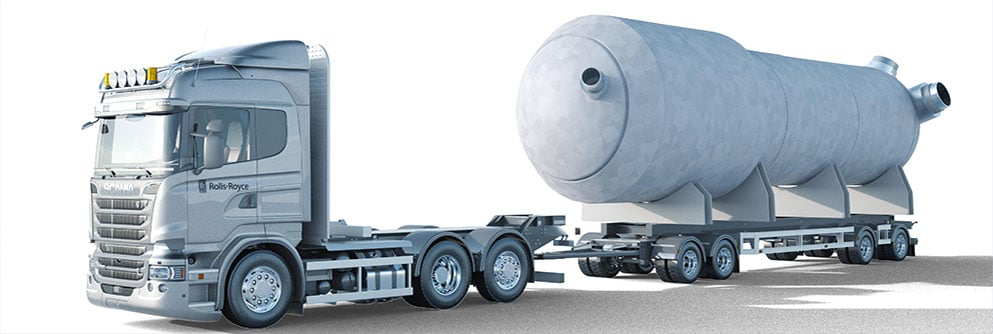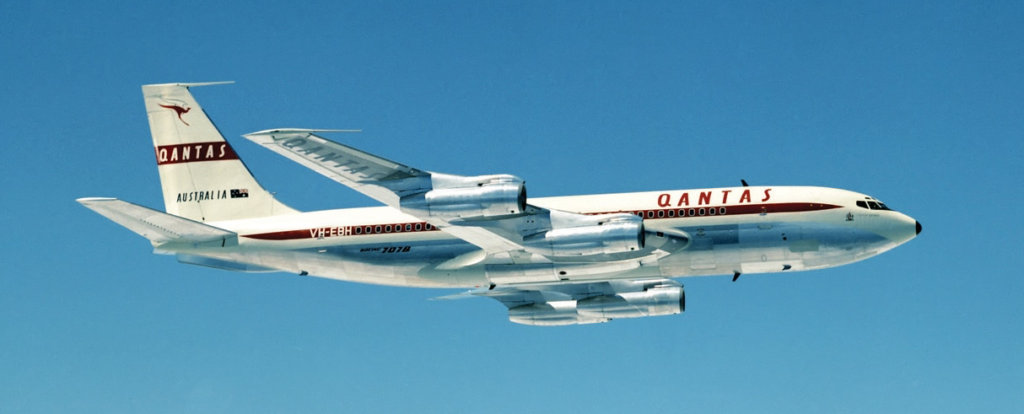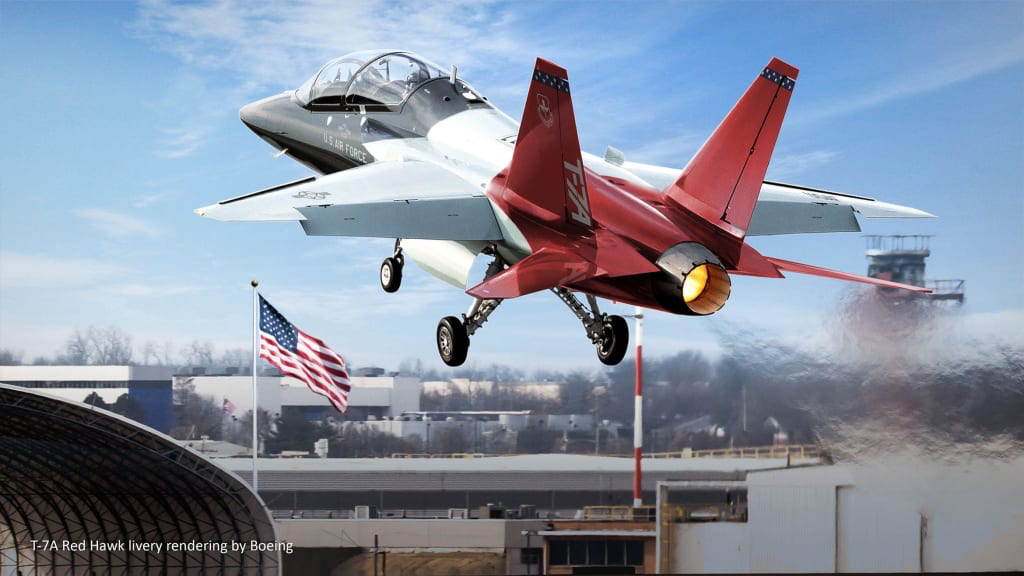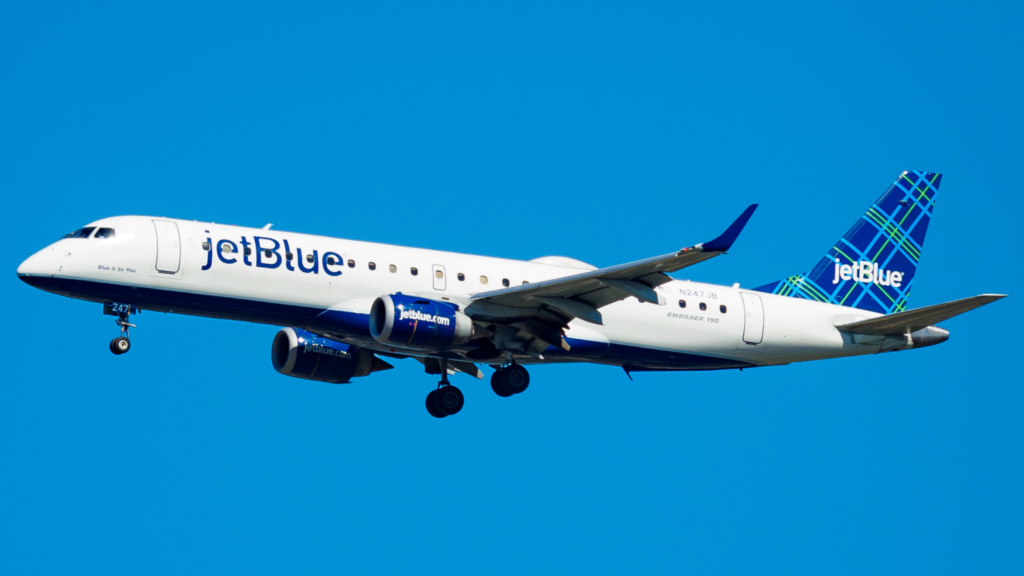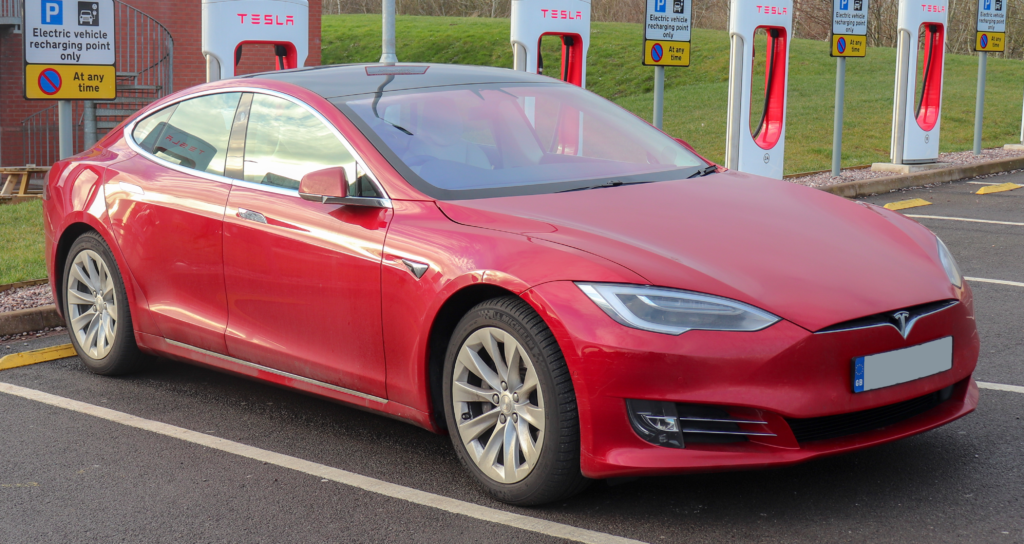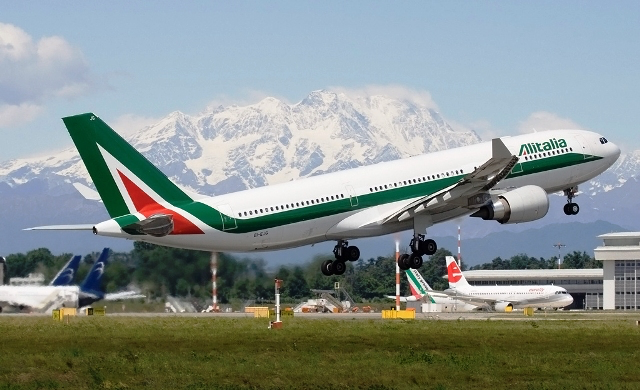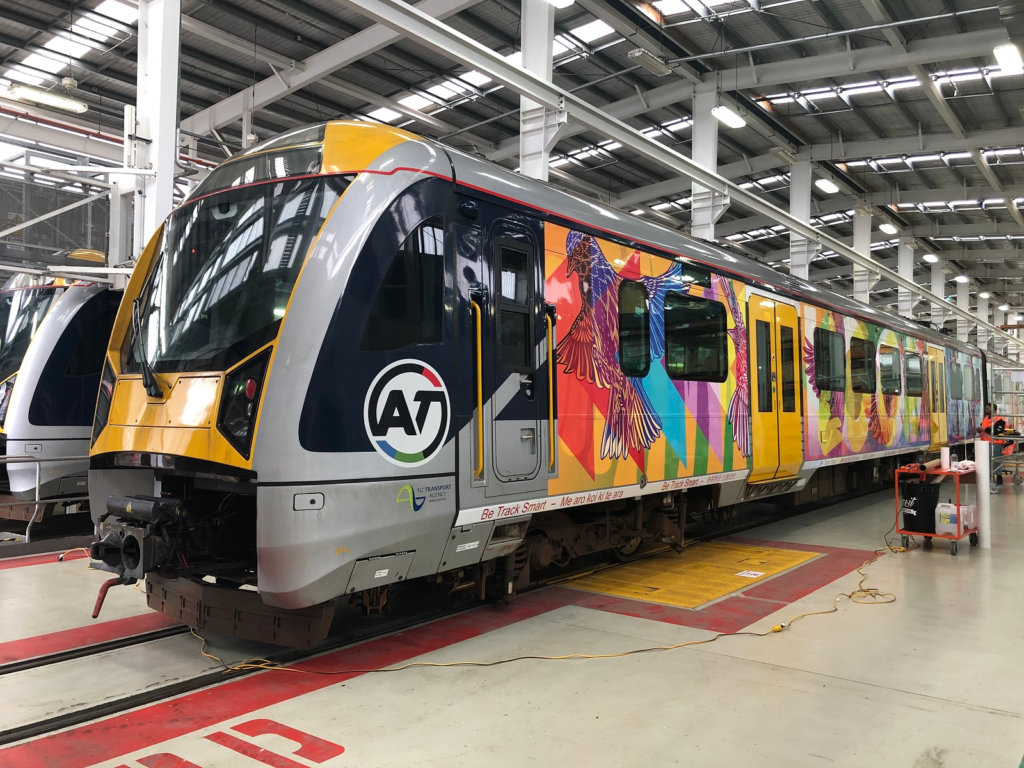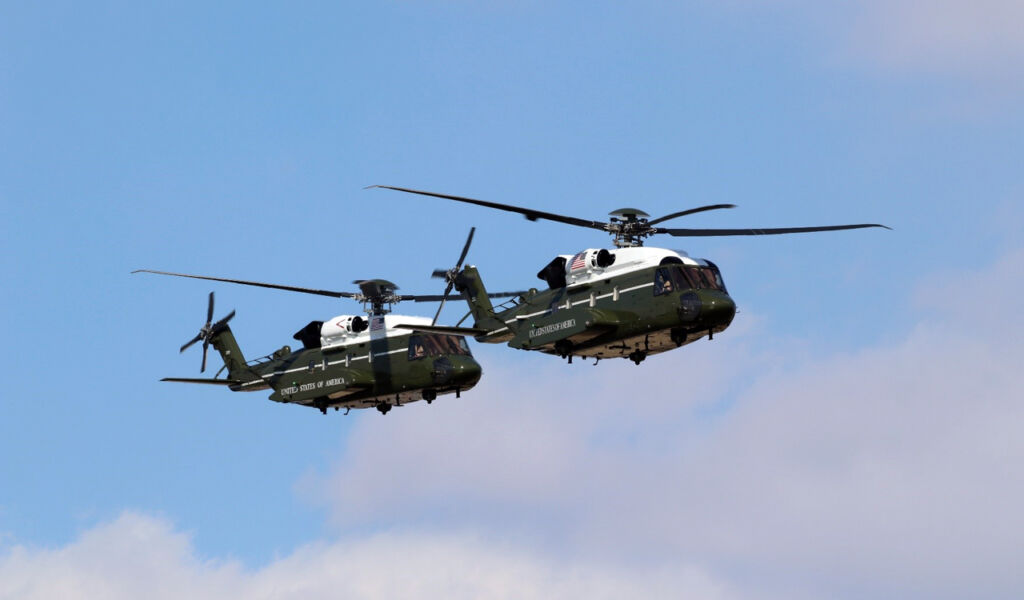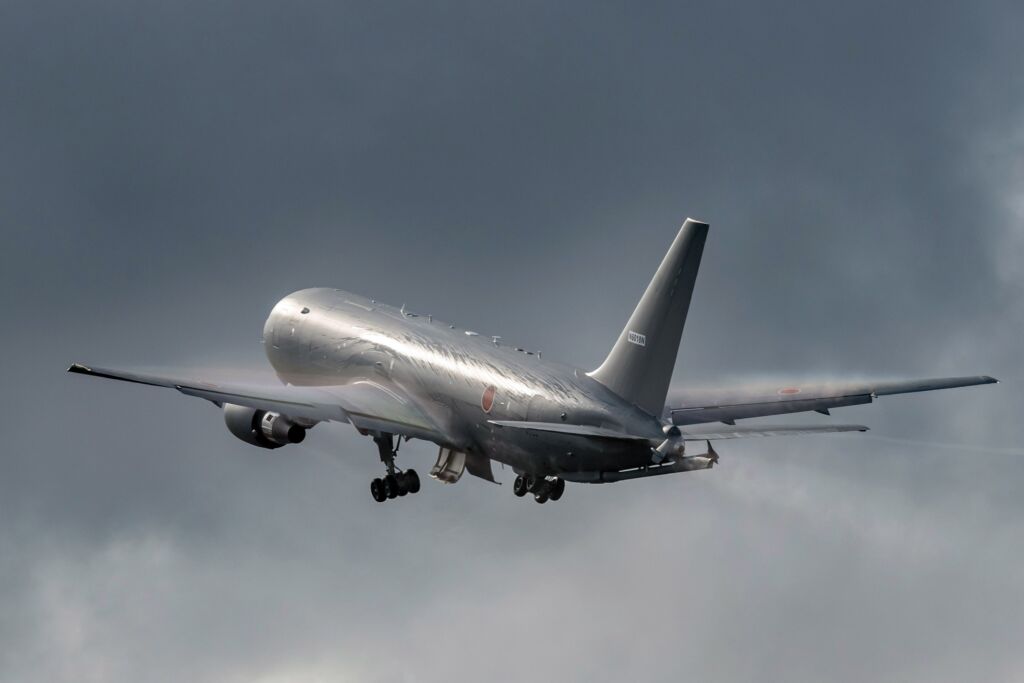Rolls-Royce Signs MoU with Fermi Energia for Compact Nuclear Power Stations
Rolls-Royce (London: RR.L) and Fermi Energia have signed a Memorandum of Understanding to study the potential for the deployment of affordable, compact nuclear power stations, known as small modular reactors (SMR), in Estonia. The study…
